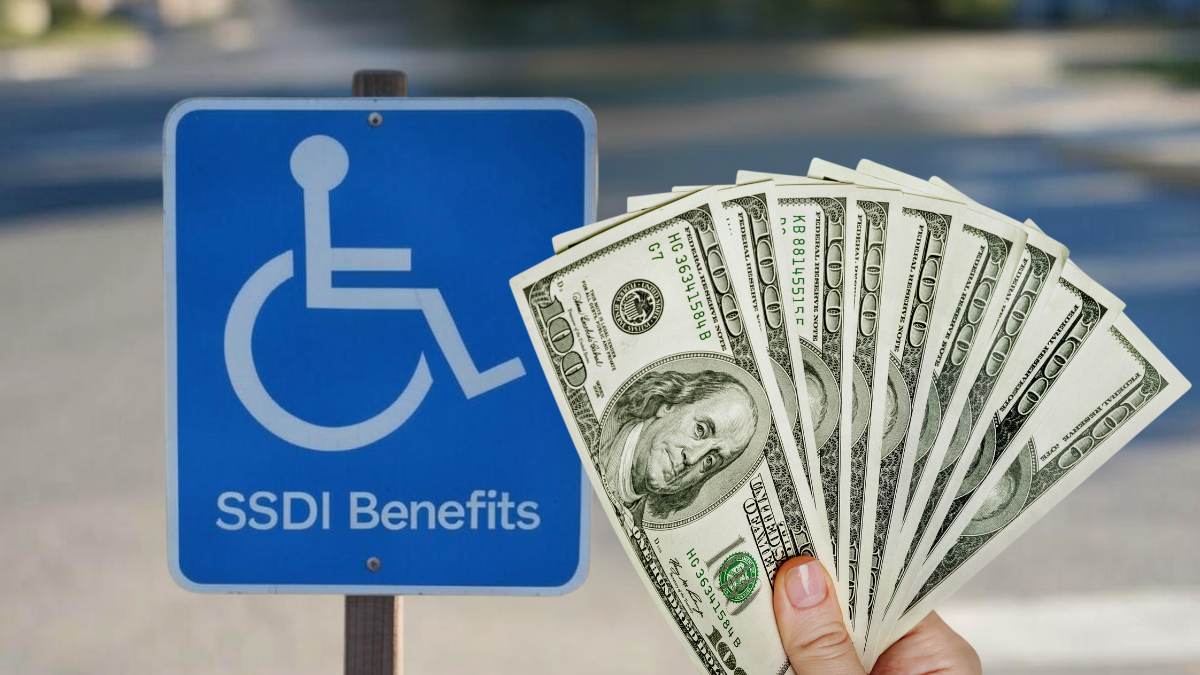Let’s talk about Social Security Disability Insurance, or SSDI. This program is an important financial support for people who cannot work due to a serious, long-term disability. If you’re wondering how it works, what changes there are this year, or how you might qualify, I’ll explain it to you here without complicated terms.
This year, SSDI benefits rose 2.5% thanks to the cost of living adjustment (COLA), an increase that applied to all benefits and payments handled by the Social Security Administration (SSA). Basically, it is an increase to help payments not lose value due to inflation. Basically, it is an increase to help payments maintain their value in the face of inflation.
Some workers on SSDI will receive up to $4,018 this month
Now, the maximum amount someone can receive is $4,018 a month, a jump from $3,822 last year. But be careful: this is not for everyone. It only applies to those who had extremely high incomes for years. Most receive much less. In fact, the average is around $1,580 per month.
Here is a fact that may confuse: some mention an average of $1,976, but that seems to be an error that has been occurring in recent weeks on internet forums. That figure probably refers to retirees, not people with disabilities. That is why it is key to always go to official sources, such as the Social Security Administration (SSA) website.
How to qualify for the maximum of $4,018?
If you want maximum profit (or just want to understand how the system works), there are four important requirements:
- Years of work and contributions: You must have worked long enough to pay Social Security taxes. The more years of high income, the better.
- Disability that meets SSA criteria: Your condition must prevent you from working for at least one year or be terminal. Temporary disabilities do not qualify.
- Top earnings history: The SSA takes into account your 35 highest-earning years. To reach the maximum of $4,018, you must have earned close to the taxable cap each year (in 2025, that cap is $176,100).
- Patience and consistency: This is not achieved overnight. It takes decades contributing the maximum.
Payment dates in April 2025: When is it due?
SSDI payments do not reach everyone on the same day. The date depends on your birthday or when you started receiving benefits. This April, the calendar is like this:
- April 3: If you started receiving SSDI before May 1997 (yes, almost 30 years ago).
- April 9: If you were born between the 1st and 10th of the month.
- April 16: If your birthday is from the 11th to the 20th.
- April 23: If you came into the world between the 21st and the 31st.
If the date falls on a weekend or holiday, you get paid the previous business day. But, in April 2025, none of the four dates will move because they do not coincide with these calendar particularities.




